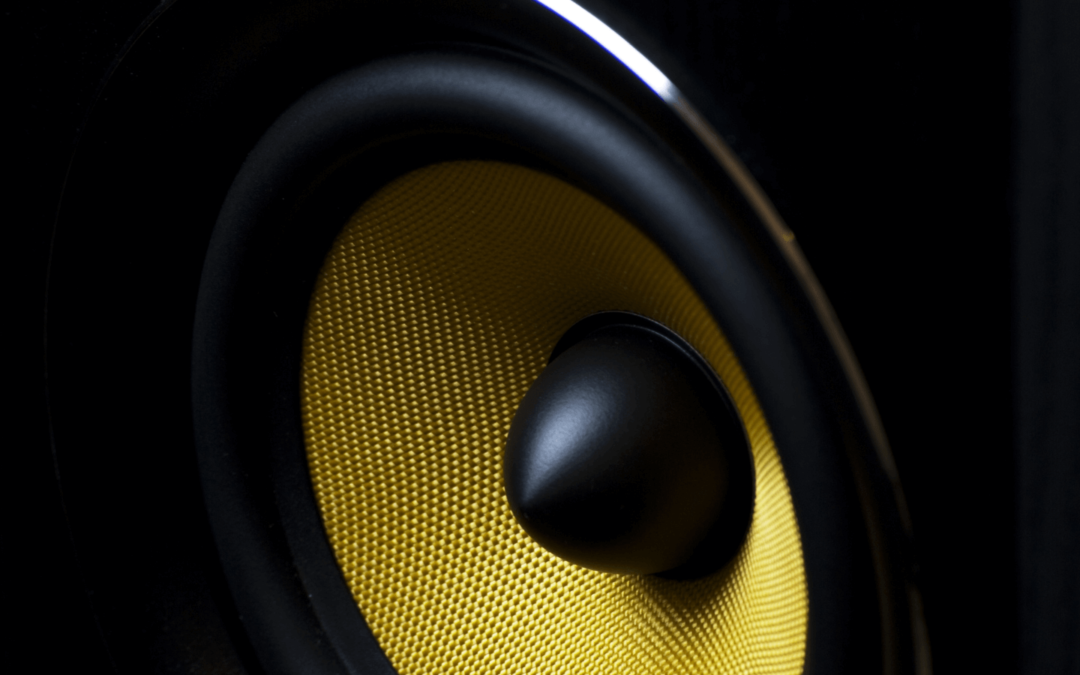AI & Voice Recognition are two technological fields that are converging in an increasingly evident way. This union promises to revolutionize numerous sectors, from virtual assistance to autonomous driving.
This synergistic connection between the potential of voice recognition and the predictive capabilities of artificial intelligence is opening new frontiers in human-machine interaction.
In this article, we will explore the latest developments in the field of Audio Recognition and the main tools of this technology.
Step 1: Removing Background Noise
When you come into contact with audio files, it is very rare that they are free of background noise.
Noise removal plays a crucial role in ensuring sound quality and clarity. Unwanted noise can come from a variety of sources, such as background hiss, clicks, hisses, and crowds that can impair the understandability of the listener’s voice. Therefore, this operation is essential to achieve clean and professional recordings.
Background noise can be particularly noticeable in audio recordings of outdoor environments or made in noisy locations. Deleting it helps to improve the overall sound quality and make the audio file suitable for more in-depth analysis.
However, it is important to note that noise removal must be done carefully to avoid compromising the original sound quality. Some “cleaning” algorithms can cause unwanted artifacts or even affect the naturalness of the speaker’s voice. Therefore, it is essential to use techniques that are effective without compromising the entire audio file.
The “Remove Noise” tool allows you to obtain an optimal result in order to prepare the file for more precise analysis and generate correct audiometric graphs.
Step 2: Speaker Features
The analysis of the characteristics of the speaker in an audio file plays a crucial role in carrying out complex investigations.
Identifying elements such as the age, gender and language of the speaker allows you to better understand the audio content. Furthermore, they provide valuable information in investigative operations, significantly reducing analysis times. Let’s see them in detail:
- Age prediction. The first characteristic to consider is the age of the speaker. Age can significantly affect the intonation, rhythm, and timbre of the voice. For example, younger people tend to have higher-pitched voices and a different rhythm of speech.
- Gender prediction. The gender of the speaker is another crucial feature. The physiological differences between the sexes are reflected in their voices, with men tending to have deeper voices and women having higher-pitched voices. Identifying the gender can be important for applications such as voice selection for voice assistant systems or audiobooks.
- Language prediction. The language spoken by the speaker can be decisive for the understanding of the audio content and for its correct processing. Each language has its own phonetic and prosodic characteristics that influence how it is pronounced and perceived.
- Diarization – Number of speakers. It’s crucial to understand how many people are speaking within an audio file, so that you can then analyse its characteristics individually. In addition, having a tool that can divide the various entries into individual separate files allows you to significantly reduce the time in investigations and the possibility of human error.
In conclusion, AI’s task is to be the valid support of experts and not to replace their work, increasing their ability to analyse and understand information. This hybrid approach makes the most of human expertise and the efficiency of Artificial Intelligence.
Step 3: Comparation
One of the key operations of Audio Recognition is the comparison between multiple audios.
Audio Comparison is a fundamental process in music production, sound engineering, and audio quality in general. It consists of comparing two or more audio tracks in order to evaluate their differences and similarities.
In addition, this can be used to evaluate the playback fidelity of audio devices and speaker systems. Professionals compare the reproduction of a sound on different devices in order to identify any differences in sound performance, such as tonal coloration, distortion, or quality loss. This helps to ensure that sound is reproduced accurately on a wide range of devices and listening environments.
Finally, Audio Comparation can also be used in forensic analysis and audio security. Experts compare audio recordings to identify manipulation, unauthorized editing, or falsification attempts. This process is critical in legal and investigative settings where the veracity and integrity of audio evidence are crucial.
We at the Drive2Data Team continue to study and develop innovative and functional solutions in the fields of AI and Audio Recognition.
You may also be interested in…

WRONG ADDRESSES: HOW TO REMEDY MISTAKES?


